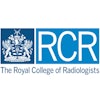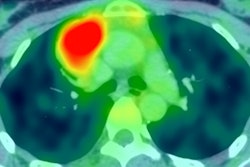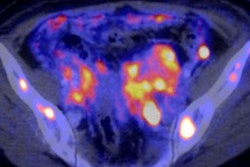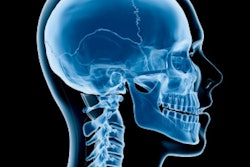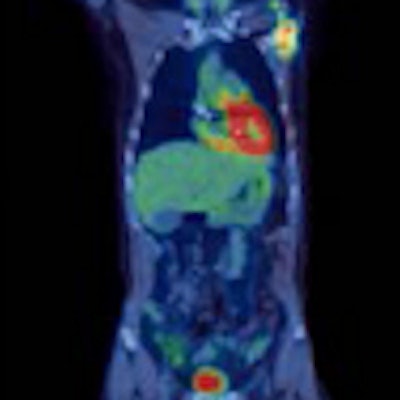
The U.K. Royal College of Radiologists (RCR) and Royal College of Physicians (RCP) have issued revised recommendations on the best use of PET/CT. The 34-page document can be downloaded free of charge from the RCR's website, and it includes a comprehensive bibliography.
"Since its introduction to clinical practice, PET/CT has become a key investigative tool in the assessment of cancer and noncancer medical conditions. Now in its third edition, the 2016 version of these guidelines builds on the evidence cited in earlier editions," noted Dr. Brian Neilly, president of the Intercollegiate Standing Committee on Nuclear Medicine, in the foreword. "New indications and key references are highlighted in red ink for ease of identification."
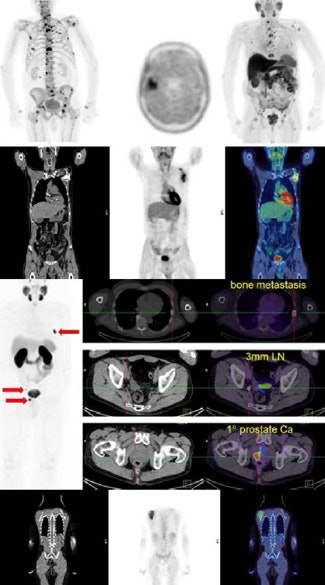 The front cover of the new report.
The front cover of the new report.The new edition (Ref No: BFCR[16]3) comprises an up-to-date summary of relevant indications for the use of PET/CT, where there is good evidence that patients will benefit from improved disease assessment, resulting in altered management and improved outcomes. The indications are divided into oncological and nononcological applications, followed by body area/system.
"This list is not exhaustive and there are cases where PET/CT may be helpful in patients who have equivocal or definite abnormalities on other imaging where PET/CT may alter the management strategy if found to be 'positive' or 'negative'; for example, radical or high-risk surgery," wrote lead authors Dr. Andrew Scarsbrook, consultant radiologist and nuclear medicine specialist at Leeds National Health Service Trust, and Dr. Sally Barrington, reader in nuclear medicine at the PET Imaging Centre in London's St Thomas' Hospital.
In addition, the report provides details about the use of fluorodeoxyglucose (FDG) and non-FDG PET/CT tracers in malignant and nonmalignant disease.
The role of FDG in a range of malignancies is established, but there are limitations to using FDG for imaging some tumors, they explained. Non-FDG tracers can be used to image a limited number of tumors, which are important for patient care, but the exceptions are the potential use of choline derivatives for imaging prostate cancer and the use of amyloid tracers for assessment of patients with cognitive impairment/dementia.
"Fluorinated tracers can be produced in a regional cyclotron and transported, such as FDG and fluoro-choline," the authors stated. "Generators that are used to produce radionuclides such as Gallium-68 can be purchased and the tracers produced in nuclear medicine department radiopharmacies."
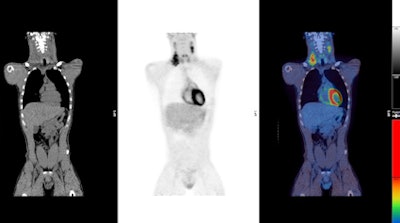 PET/CT images show a Hodgkin's lymphoma patient with a negative PET scan after chemotherapy. There is high uptake in lymph nodes on both sides of the neck prior to treatment (above), which resolved after chemotherapy (below). Physiological uptake is also seen in the heart and bladder. Images courtesy of Dr. Sally Barrington, reader in nuclear medicine, PET Imaging Centre at St Thomas' Hospital in London.
PET/CT images show a Hodgkin's lymphoma patient with a negative PET scan after chemotherapy. There is high uptake in lymph nodes on both sides of the neck prior to treatment (above), which resolved after chemotherapy (below). Physiological uptake is also seen in the heart and bladder. Images courtesy of Dr. Sally Barrington, reader in nuclear medicine, PET Imaging Centre at St Thomas' Hospital in London.Other short-lived tracers like N-13 ammonia and carbon-11 labeled compounds are produced in a cyclotron that needs to be on the same site as the scanner. Fluorinated tracers and generator-produced tracers may become more widely available, they pointed out.
Barrington has also written international guidelines on the staging and response assessment of lymphoma, European guidelines on the use of FDG in tumor imaging, and European and U.K. guidelines on the use of PET/CT in children. She is also involved in national and international multicenter trials in PET and lymphoma, investigating response-adapted approaches.
For more details on the RCR/RCP guidelines, visit the RCR website.

